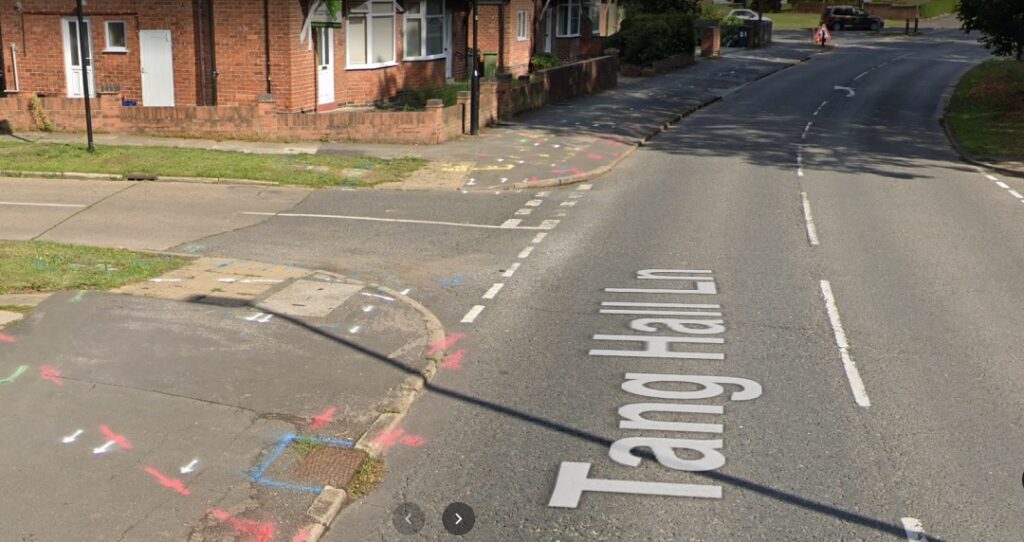Many years ago when I was a relatively new instructor, I was sitting in on a driving test when Luke, the candidate, my client, was asked to take the next road left. we were heading east on Tang Hall Lane from the mini roundabout and Luke was tasked with turning left into Walney Road, the entrance to which is properly narrow. Luke didn’t register just how narrow it was and consequently was carrying a little too much speed as he set up to turn. Sadly (or perhaps, fortuitously, depending on which way we look at it) another car arrived at the junction wanting to turn out of Walney Road just as we arrived and there really wasn’t the space for both of us. I can’t remember if it was Luke or the examiner who slammed on the brakes, but fortunately someone did and disaster was avoided, albeit it with a failed test.
Not The First Time
It occurred to me that John, another client of mine had failed his test a month or two earlier, for doing exactly the same thing.
“I should make sure my clients can deal with this before they go for test,” I thought to myself, and then started thinking further. Just how many tricky junctions might my clients find on York test routes? And not just junctions, but roundabouts, bends, traffic calming, and anything else that clients traditionally struggle with. I started to make a list and it quickly grew to over 30 “features” long within a month or two.
Let’s Teach Clients To Drive
I’ve always preached and continue to preach, that we driving instructor types should be helping our clients learn to drive safely, competently and considerately, not just to pass a test, though realistically, our clients do need to pass their driving test in order to drive by themselves, which is usually their ultimate goal. With this in mind, I started incorporating my “features” list into lessons, partly to ensure that if they came across this stuff on test my clients would be able to deal with it safely and competently, but also because they might find similar features elsewhere and need to know how to deal with them. So here for all, is a breakdown of the feature that started it all.
Feature Name – Junction of Doom
Location
Turning left from Tang Hall Lane into Walney Road
Common Faults
- Failing to register how tight the junction is
- Approaching too fast
- Failure to anticipate possibility of traffic emerging from Walney Road
- Turning too early and driving over kerb
- Turning too fast and running into the kerb after the turn, not having had enough time to straighten the wheels
How to do it right?
Firstly, when approaching a junction to turn, the driver should assess each aspect of the junction;
- Where exactly is it?
- How wide is the road I’m turning into?
- How sharp is the turn?
- Is there a new speed limit on the new road?
- Are there any parked vehicles or other obstructions before or after the turn?
This assessment should fit into the Mirror, Signal, Manoeuvre (MSM) as part of the Look Assess Decide Act (LADA). Contrary to what some are taught though, it’s important to look and assess during the speed reduction phase because until you know the nature of the junction, how do you know how fast you want to be going?
Position
Having assessed the junction and noted that it’s particularly narrow, with a tight entrance, the best approach is a wide one, next to the centre line of Tang Hall Lane. This affords not only more room to turn into the mouth of Walney Road, but also a slightly better view of what’s in there before you turn in.
Speed
I recommend slowing right down to around mph and choosing 1st gear – this gives time to stop comfortably, if necessary because traffic is emerging, without the drama that John and Luke experienced on their tests. This low speed also creates time to execute the actual turn comfortably.
Turning
Turn late and tight, in order to a) avoid the kerb, and b) stay on your own side of the road as far as is possible as you turn in.
